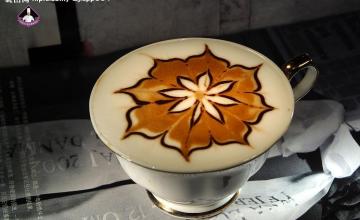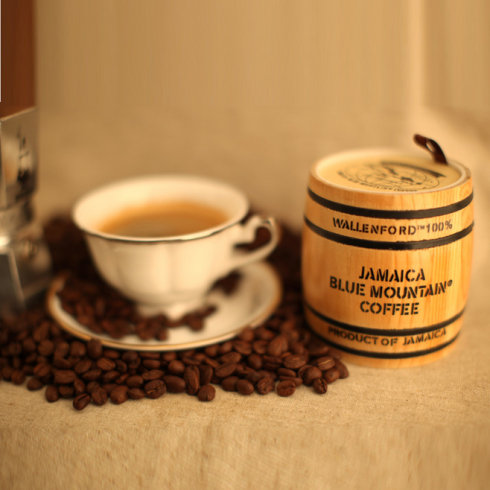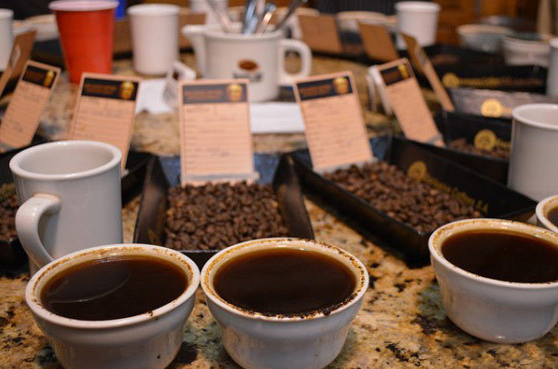Introduction of Ethiopian Sidamo Chiso Coffee Flavor Manor
In September 1974, a group of young and strong officers formed the "Coordination Committee of the Army, Police and Local Forces" (that is, DERGUE, meaning SHADOW, and later generally referred to the junta and Mengistu regime) to launch a military coup, overthrew the Haier Selassie government, and announced the end of monarchy and the establishment of a "interim junta." In November, the "interim military government" was changed to "interim military Administrative Council". In December, the interim military Administrative Council declared Ethiopia a "socialist country" with the nationalization of land, financial and financial institutions and industry in July 1991, with the participation of more than 20 political and ethnic organizations. The meeting adopted the Transitional Charter and elected an 87-member House of Representatives, with EGF Chairman Meles Zenawi as President and President of the Transitional Government. A transitional government was established. Eritrea (formerly Eritrea Province of Ethiopia) became a sovereign country in Ethiopia through a referendum under the supervision of the international community on May 24, 1993. The mountainous plateau in Ethiopia is dominated by the mountain plateau, with a large subordinate to the Ethiopian plateau. The Midwest is the main body of the plateau, accounting for 2x3 of the whole territory. The Great Rift Valley of East Africa runs through the whole territory, with an average elevation of nearly 3000 meters, known as the "roof of Africa". The terrain around the plateau is gradually declining. The Darol depression in the north fell to 113 meters below sea level, the lowest point in the country. The coast of the Red Sea is a narrow banded plain. Deserts and semi-deserts in the north, south and north-east account for about 25% of the country's area. The height of Dashan Peak in the Ximen Mountains is 4623 meters above sea level, which is the highest peak in Ethiopia. In the 1950s and 1960s, many African countries became independent and adopted green, yellow and red as the colors of the national flag, so they were called "Pan-African colors". Ethiopia is one of the ancient countries in Africa, with a long history of more than 3000 years, giving green, yellow and red colors deeper roots in this land. Historically, they are closely related to the liturgy of the Coptic church, and are worshipped as the symbol of the trinity of the Father, the son and the Holy Spirit, reflecting the three virtues of loyalty, hope and kindness advocated by human freedom. These three colors also represent three regions of Ethiopia: Tikleh (red), Amhara (yellow) and Theo (green). Green represents fertile land, mild climate and rich plant resources, but also symbolizes hope for the future; yellow symbolizes peace and fraternity, as well as the people's determination to build the country; red symbolizes that the people are ready to shed blood and sacrifice to defend the motherland.
Sidamo Coffee beans are grayish, thick in some places and small in others, with soft and strong acidity, mellow and sweet and spicy. It is one of the courtyard coffees in the highlands of southern Ethiopia. Unlike ordinary African coffee, Sidamo has clear acidity, smooth taste and delicate floral scent. Sidamo grows in the southernmost Ethiopian plateau between 4600 and 7200 feet above sea level (Sidamo province). It is a famous boutique coffee area in southern Ethiopia, bordering Kenya, southeast of Gemma, just south of the capital, usually sweeter and more popular by most people. Its annual output is about 225000 bags / 60kg, the bean body is smaller than Longberry, green with ash, in the Sidamo sun drying field, the coffee is placed in the hemp net wooden frame, workers take turns in the sun exposure, manual stirring coffee, sun Sidamo is usually marked with G4 export, washing Sidamo because of the improved sun treatment process, so most of the G2 grade export Sidamo coffee flavor is very diverse. Different soil types, microclimates and countless native coffee species, towering mountains, highlands, plateaus, valleys and plains, diverse topography, and the geology of the area belongs to nutrient-rich, well-drained volcanic soil. the depth of the soil is nearly two meters, and the surface soil is dark brown or brown. The biggest advantage of the area is that the soil fertility is maintained through the circulation of organic matter, using the withered leaves of the surrounding trees or the residual roots of the plants as fertilizer. Therefore, the coffee produced in cities and towns has obvious differences and characteristics. In 2010-2012, it continuously obtained the high score of CR92~94, the authoritative coffee evaluation website in the United States. Thus it can be seen that the raw beans in this area are extraordinary.

Important Notice :
前街咖啡 FrontStreet Coffee has moved to new addredd:
FrontStreet Coffee Address: 315,Donghua East Road,GuangZhou
Tel:020 38364473
- Prev

Sweet, sour and bitter with the perfect Blue Mountain Coffee
Blue Mountain Coffee refers to coffee brewed from beans from the Blue Mountains of Jamaica. According to the grade, it is divided into Jamaica Blue Mountain Coffee and Jamaican Alpine Coffee. The Blue Mountains are located in the east of the island of Jamaica (Jamaica). Because the mountain is surrounded by the Caribbean Sea, whenever the weather is clear, the sun shines directly on the blue sea, and the peaks reflect the bright blue light of the sea.
- Next

Pure and fragrant Tanzanian coffee flavor, characteristics, taste and manor
Due to political instability and rampant diseases and insect pests, the coffee industry in Tanzania has been damaged, leading to a decline in the overall level of coffee and instability in quality, which in turn lead to lower prices, which are usually the result of a further decline in the coffee industry. What's more, it is estimated that more than 12% of the Arabica coffee grown in northern Tanzania from 1969 to 1985 has gone.
Related
- Detailed explanation of Jadeite planting Land in Panamanian Jadeite Manor introduction to the grading system of Jadeite competitive bidding, Red bid, Green bid and Rose Summer
- Story of Coffee planting in Brenka region of Costa Rica Stonehenge Manor anaerobic heavy honey treatment of flavor mouth
- What's on the barrel of Blue Mountain Coffee beans?
- Can American coffee also pull flowers? How to use hot American style to pull out a good-looking pattern?
- Can you make a cold extract with coffee beans? What is the right proportion for cold-extracted coffee formula?
- Indonesian PWN Gold Mandrine Coffee Origin Features Flavor How to Chong? Mandolin coffee is American.
- A brief introduction to the flavor characteristics of Brazilian yellow bourbon coffee beans
- What is the effect of different water quality on the flavor of cold-extracted coffee? What kind of water is best for brewing coffee?
- Why do you think of Rose Summer whenever you mention Panamanian coffee?
- Introduction to the characteristics of authentic blue mountain coffee bean producing areas? What is the CIB Coffee Authority in Jamaica?

